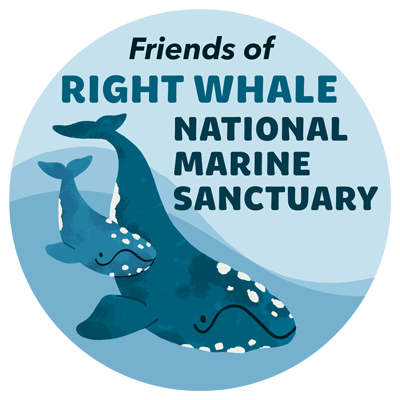Southbound seawater from the Arctic Ocean, powered by differing water densities of thermohaline circulation, flows into the Greenland Sea. Beyond is the Denmark Strait between Iceland and Greenland. This is the gateway to the Atlantic Ocean, where the current narrows into a “jet” of higher energy flow, the place that the Woods Hole Oceanographic Institute calls the “superhighway.”
Cold, nutrient-rich Arctic water crashes into the bulwark of warmer Atlantic Water. Deflecting energy, Arctic water plunges downwards into the Denmark Strait Cataract. The world’s largest waterfall plunges one-hundred-seventy-five million cubic feet of water per second, about 2,000 Niagara Falls, 11,500 feet down, three times the height of Angel Falls in Venezuela, to form the East Greenland Intermediate Water.
Greenland Intermediate Water barrels south between the King Frederick VI Coast of eastern Greenland and the Reykjanes Ridge, the portion of the Mid-Atlantic Ridge south of Iceland, the seam of the spreading Atlantic. At Cape Farewell, where ragged black slates and schists tower 2,000 feet above the southern tip of the world’s largest island, the ocean current, influenced by the Coriolis effect with a centrifugal motion, veers right to wrap the shore and flow northwest along Greenland’s western shore.
On the Cape Farewell Ground, two to four hundred miles south of Greenland, five stationary hydrophones were deployed to listen for whales. The North Atlantic right whale has a distinctive “up whoop” call like no other whale. Shifting through the cacophony of ocean sounds from July to December 2007, researchers identified more than 2,000 calls of right whales. They think at least three whales, maybe more, were heard. Two right whales have been sighted on Cape Farewell Ground for the last fifty years. One whale was recognized by its callosity pattern and scars and has rarely been seen in the population of the Gulf of Maine. The other right whale was unknown to researchers. This gives hope that there are more right whales than we know visiting the Labrador Sea off Greenland.
The West Greenland Intermediate Water flows north through the Labrador Sea into Baffin Bay, passing Nuke, Greenland’s capital. There, the water makes a “U” turn. The southbound water moves through the Davis Straits at about one mile per hour. Entering the Labrador Sea, the water mass mixes and increases in volume with the colder and less salty Baffin Island Current to become the Labrador Current.
Nutrient-rich waters from the Arctic are enhanced with nutrient-rich waters from Russian and Canadian rivers, including the Mackenzie River, second in size only to the Mississippi in North America—the combined current flows southeast at 7.6 sverdrup or 7.6 million cubic meters per second (268 million cubic feet per second). Transporting icebergs, the Labrador Current is a legendary hazard for ships. Off Newfoundland's craggy, steep-sided coast, the traveling water mass veers right in a southwesterly direction.
On to the Flemish Cap, a 12,000 square mile international fishing bank. Before the Cap, the Current splits right to pass through the Flemish Pass Basin next to Newfoundland and left to flow outside the cap in deep water over the Sohm Abyssal Plain. The nutrient-rich waters of the Labrador Current pass below nutrient-poor warmer waters transported north by the Gulf Stream. Heavy fog arises when the cold air of the land meets warm water. The layering of the northbound Gulf Stream over the southbound Labrador Current creates one of the richest fishing grounds in the world.
See you over there,
Rob

